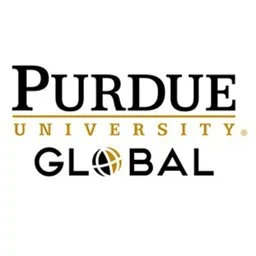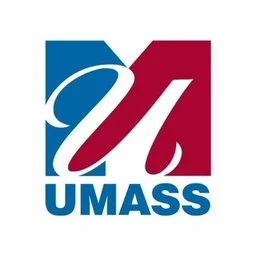NURS-FPX4900 Assessment 4 Patient, Family, or Population Health Problem Solution
Place Your Order NowNURS-FPX4900 Assessment 4 Patient, Family, or Population Health Problem Solution
Application of Technology, Care Coordination, and Community Resources in Addressing Cancer Among African Americans
According to Coccia (2020), technology has been one of the factors in improving cancer care and reducing the cancer burden across health populations. Healthcare technological modalities such as artificial intelligence, robotic surgeries and imaging technology can address the cancer issue by improving screening and diagnostics, and enhancing treatment and management of different cancer types, thus helping reduce cancer cases and improving management and patient care outcomes.
As mentioned earlier, cancer care requires the interplay of different healthcare providers to enhance outcomes. The cancer care team may include oncologists, nurses, radiologists, physicians, nutritionists, community health workers and social workers. Through care coordination, the team can effectively share information regarding patient care, thus improving care by reducing duplication of services and improving treatment plans. Addressing cancer among African Americans, therefore, requires effective care coordination.
Furthermore, community resources are instrumental in addressing cancer. Community resources in the population’s community, such as wellness centers, cancer support groups, cancer survivors organizations, and other cancer programs, can support cancer patients in appropriate cancer management (Kadambi et al., 2020). Additionally, community resources can run screening and awareness creation programs, thus reducing disease progression by early detection. They also refer cancer patients to the necessary healthcare service providers as needed.
Conclusion
The proposed intervention for addressing cancer in the African American community involves a population-focused educational intervention. Distinct populations experience the impact of the disease in varying ways. Consequently, it is crucial to examine the issue from a population-wide perspective and formulate solutions or interventions that cater to the specific attributes of the population. The proposed intervention mentioned earlier was created with careful consideration of leadership, care coordination, communication, and change management strategies. The formulation of the intervention was also influenced by nursing practice guidelines and governmental regulations, as analyzed above.
References
Alcaraz, K. I., Wiedt, T. L., Daniels, E. C., Yabroff, K. R., Guerra, C. E., & Wender, R. C. (2020). Understanding and addressing social determinants to advance cancer health equity in the United States: a blueprint for practice, research, and policy. CA: A Cancer Journal for Clinicians, 70(1), 31-46. https://doi.org/10.3322/caac.21586
Coccia, M. (2020). Deep learning technology for improving cancer care in society: New directions in cancer imaging driven by artificial intelligence. Technology in Society, 60, 101198. https://doi.org/10.1016/j.techsoc.2019.101198
Order Now






